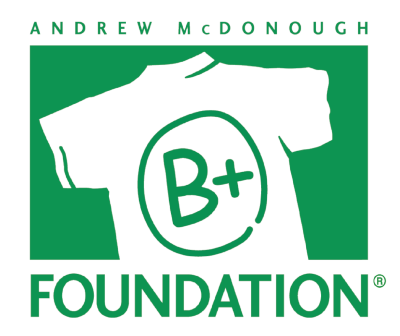Predicting Post-Treatment Relapse in Pediatric AML Using Single-Cell Proteomics
Stanford University, Stanford, CA
Roughly 500 children are diagnosed with acute myeloid leukemia (AML) each year in the United States. While most children initially respond to standard chemotherapy, nearly 40% ultimately relapse, making AML the deadliest blood cancer in childhood. Despite significant advancements in the treatment of other kinds of acute pediatric leukemia—such as B-cell Progenitor Acute Lymphoblastic Leukemia (BCP-ALL)— in recent years, clinical outcomes in pediatric AML have remained poor for decades, with the majority of mortalities attributable to relapsed disease. To better characterize why some pediatric AML patients ultimately relapse while others do not, the proposed project will use state-of-the-art molecular profiling approaches to characterize millions of primary AML cells and their computational “alignment” with the different stages of healthy blood cell development. These data will be used to develop a method of predicting at diagnosis which patients have a high risk of relapse and which patients have a low risk of relapse. Successful completion of this research will identify the most prognostically important cell populations in pediatric AML as well as potential therapeutic targets in the management of this poorly-understood childhood illness.

